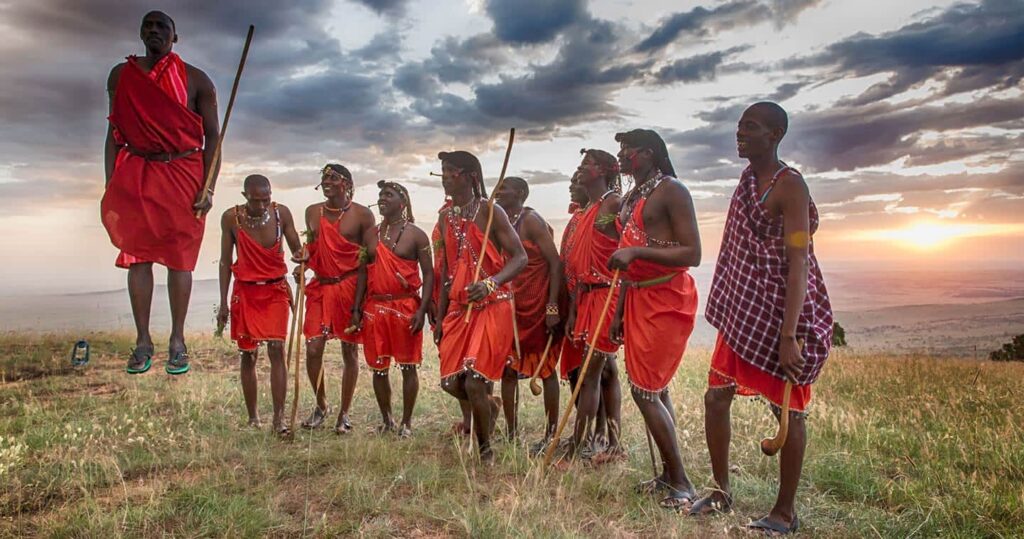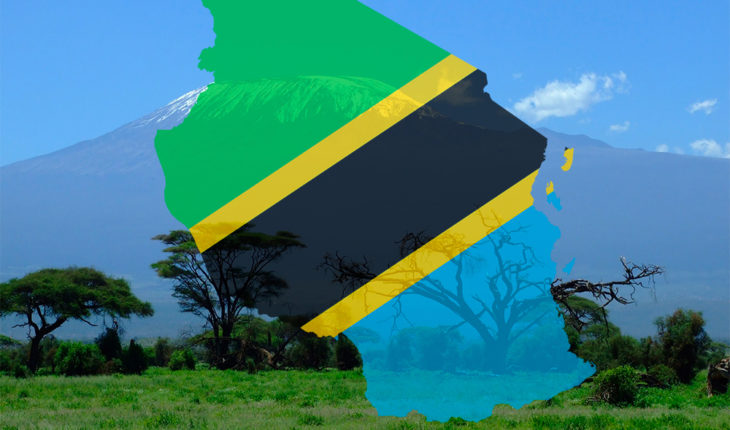Tanzania, a land of breathtaking landscapes, rich cultural diversity, and abundant wildlife, is often referred to as the “heartbeat of Africa.”
Nestled on the eastern coast of the continent, this enchanting country has captivated the hearts of travelers from around the world. In this blog post, we’ll embark on a journey to answer the simple yet profound question:
Where is Tanzania?
Geographical Location:
Tanzania is situated in East Africa, bordered by Kenya and Uganda to the north, Rwanda, Burundi, and the Democratic Republic of the Congo to the west, Zambia, Malawi, and Mozambique to the south, and the Indian Ocean to the east.
Its geographical coordinates place it roughly between 1° and 12° south latitude and 30° and 40° east longitude. This strategic location has endowed Tanzania with a diverse and spectacular landscape that ranges from pristine beaches along the coastline to the iconic Mount Kilimanjaro, Africa’s highest peak.
East African Rift
One of the geographical wonders shaping Tanzania’s landscape is the East African Rift. This tectonic plate boundary, running through the eastern part of the country, has given rise to a series of impressive geological features, including the East African Rift Valley.
The Rift Valley is home to stunning landscapes such as Ngorongoro Crater, known for its unique ecosystem and abundant wildlife. Tanzania’s embrace of this geological marvel adds to its allure as a destination for both nature enthusiasts and adventure seekers.
Coastline and Islands
Tanzania boasts a vast coastline along the Indian Ocean, stretching approximately 1,424 miles (2,300 kilometers). The coastline is adorned with picturesque beaches and historic coastal towns such as Dar es Salaam, the country’s largest city and economic hub.
The Zanzibar Archipelago, including the islands of Zanzibar and Pemba, lies just off the coast and is an integral part of Tanzania. Zanzibar, with its spice-scented streets and UNESCO-listed Stone Town, has become synonymous with exotic charm and cultural heritage.
Zanzibar, known as the “Spice Islands,” has played a significant role in the region’s history, serving as a trading hub and melting pot of cultures. Its gorgeous beaches, coral reefs, and vibrant markets make it a must-visit destination for those exploring Tanzania’s diverse offerings.
Mount Kilimanjaro
Perhaps one of the most iconic symbols of Tanzania is Mount Kilimanjaro, standing proudly as the highest free-standing mountain in the world. This majestic peak, with its snow-capped summit, is a magnet for adventurers and trekkers seeking the ultimate challenge.
Kilimanjaro is located in the northeastern part of Tanzania, near the border with Kenya, and its ascent provides a unique opportunity to experience various ecological zones, from lush rainforests to arctic-like conditions at the summit.
Wildlife and National Parks
Tanzania’s commitment to conservation is evident in its numerous national parks and wildlife reserves, making it a paradise for safari enthusiasts. Serengeti National Park, renowned for the Great Migration of wildebeest and other herbivores, is a UNESCO World Heritage Site and a haven for observing the circle of life in the animal kingdom.
Ngorongoro Conservation Area, a UNESCO Biosphere Reserve, is home to the Ngorongoro Crater, often referred to as the “Eighth Wonder of the World.” This caldera harbors a unique ecosystem with an abundance of wildlife, including the “Big Five” – lions, elephants, buffalo, leopards, and rhinoceros.
Selous Game Reserve, the largest protected area in Africa, is located in southern Tanzania and is known for its diverse landscapes, from grassy plains to dense woodlands. The reserve is a sanctuary for a wide array of wildlife, including crocodiles, hippos, and a myriad of bird species.
Cultural Tapestry

Beyond its natural wonders, Tanzania is a tapestry of diverse cultures and ethnicities. The country is home to over 120 ethnic groups, each contributing to the rich cultural mosaic that defines Tanzanian identity. The Sukuma, Chaga, Maasai, and Swahili people are just a few of the vibrant communities that call Tanzania home.
Swahili, a Bantu language with a significant Arabic influence, is the official language of Tanzania. This linguistic diversity reflects the historical interactions and trade routes that have shaped the region over centuries.
Conclusion
In answering the question “Where is Tanzania?” we have unraveled the geographical and cultural wonders that make this East African gem so extraordinary. From the sprawling savannahs of the Serengeti to the spice-scented streets of Zanzibar, Tanzania invites travelers to embark on a journey of discovery, where the heartbeat of Africa echoes through its diverse landscapes and vibrant cultures.
Whether you seek the thrill of a Kilimanjaro summit, the awe-inspiring spectacle of the Great Migration, or the serenity of palm-fringed beaches, Tanzania beckons with open arms, inviting you to explore its boundless beauty.
Recommended read: A Step-by-Step Guide on How to Apply for a Tanzanian Visa

